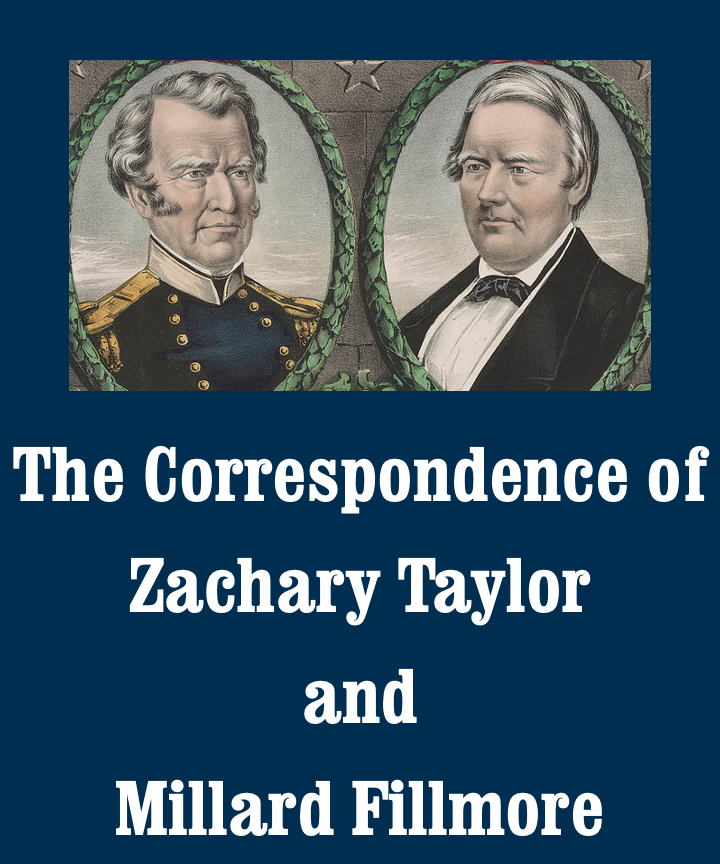
Daguerreotype by Mathew B. Brady [1844–49] (Library of Congress)
Taylor enlisted as an army first lieutenant in 1808 and soon served in the War of 1812. He commanded US forces against Native Americans in the Black Hawk War in 1832 and the Second Seminole War in 1837–40. During the latter his troops began calling him “Old Rough and Ready.” He led soldiers to the edge of Texas, a self-declared republic that was in the process of U.S. annexation but that Mexico still claimed as a province, in 1845. In 1846, under orders from President James K. Polk, he crossed the even-more-disputed territory between the Nueces River and the Rio Grande.
The Mexican-American War ensued. Taylor became the chief US general during its first months, and remained in command of the Rio Grande front until peace resumed in 1848. Success at Monterrey, Buena Vista, and other battles won him fame that propelled him to the Whig Party’s nomination for president—though he denied firm attachment to any party—that spring. His election over the Democratic nominee Lewis Cass made him the first president with no prior political experience.
Taylor’s administration was brief but busy. It negotiated with the United Kingdom for the development of a Central American canal, reacted to the revolutions (and their suppression) that were convulsing Europe, and organized the newly created Interior Department. Taylor appointed the first government officers for Minnesota Territory, established just before he took office on land where he once had been commandant of Fort Snelling. Most important, the war he had helped win had brought half of Mexico’s territory under US dominion. He and congressional leaders now tried to broker a compromise between supporters and opponents of slavery over whether to permit it in California and the Southwest. Before they succeeded, however, the president fell ill. After sixteen months in the White House, he died on July 9, 1850.
For Further Reading
- Bauer, K. Jack. Zachary Taylor: Soldier, Planter, Statesman of the Old Southwest. Baton Rouge: Louisiana State University Press, 1985.
- Dyer, Brainerd. Zachary Taylor. Baton Rouge: Louisiana State University Press, 1946.
- Eisenhower, John S. D. Zachary Taylor. New York: Times Books, 2008.
- Hamilton, Holman. Zachary Taylor. 2 vols. Indianapolis: Bobbs-Merrill, 1941–51.
- Smith, Elbert B. President Zachary Taylor: The Hero President. New York: Nova Science Publishers, 2011.

